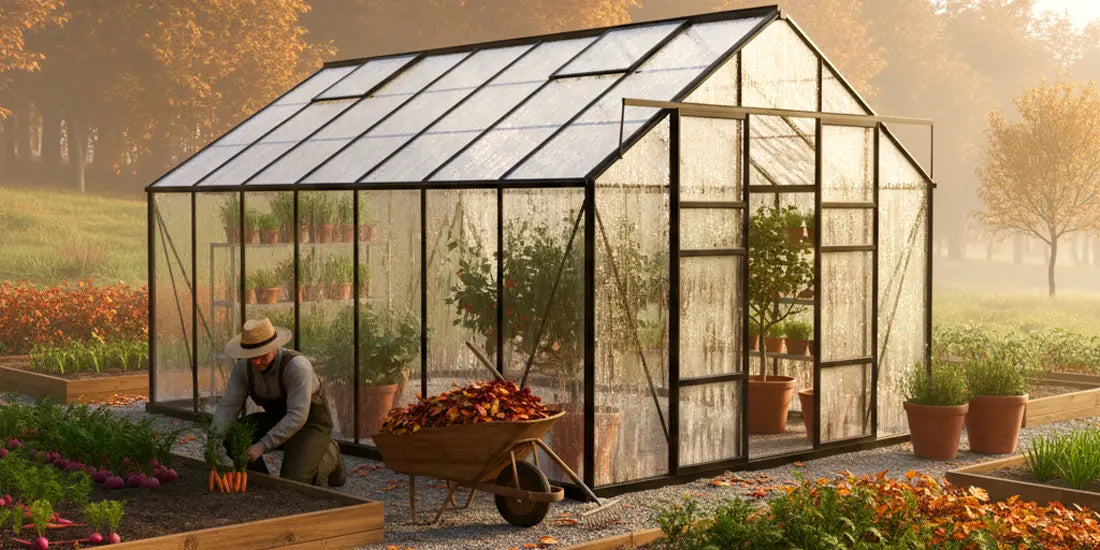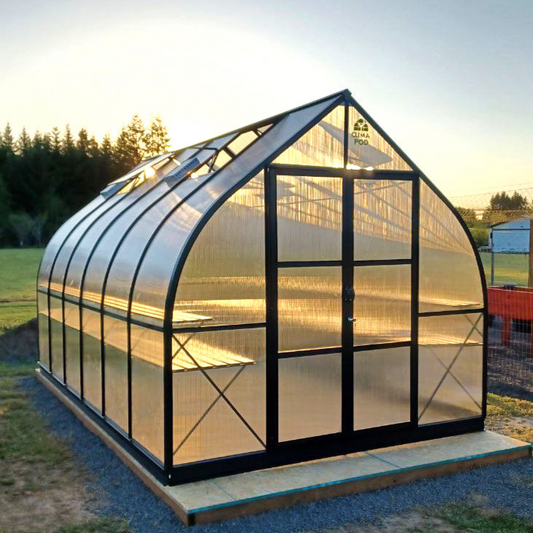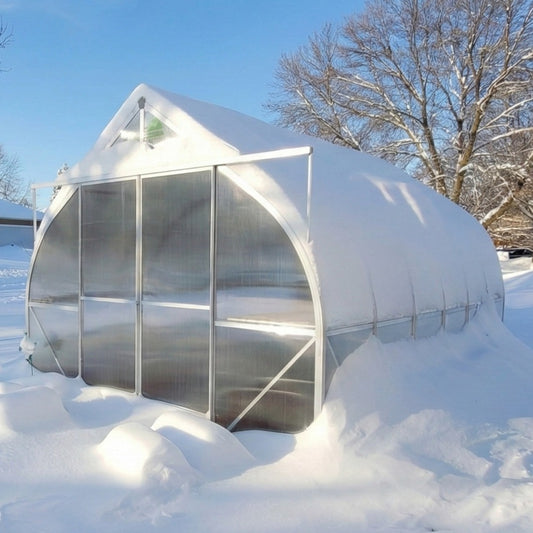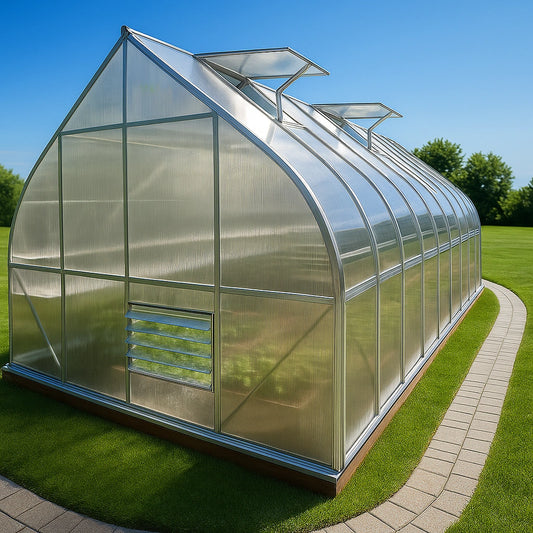
October Gardening Tasks: Preparing Your Garden for Winter
October is one of the most important months for gardeners and small farmers across the U.S. This is the time to finish harvesting, prepare the soil for spring planting, protect trees and perennials, and make sure your garden enters winter in good shape. A bit of effort now will pay off with healthier plants and a stronger harvest next season.
Care for Fruit Trees
By mid-October, harvesting late-season apples and pears should be complete. Once the fruit is stored, it’s time to prepare the trees for winter. After the leaves fall, inspect the bark for cracks, black mold, or signs of pests. If needed, clean the affected areas and treat them with a 3% copper sulfate solution.
Preventive treatment is key. Spray apple and pear trees with a 5% urea solution, and stone fruit trees (cherry, plum, peach) with a 3% Bordeaux mixture to control overwintering pests and fungal infections. On a sunny day, whitewash the trunks with a mix of lime and clay (2:1) to prevent sunscald and repel insects.
Planting Young Trees and Shrubs

Fall is the ideal season for planting fruit trees and berry shrubs. The soil is still warm enough for roots to establish before winter. Prepare the planting site a few weeks ahead by digging and enriching the soil with compost or aged manure (up to 20 lbs per square yard), 3 oz of superphosphate, and 0.7 oz of potassium fertilizer.
Dig holes according to tree size: about 30 inches deep for full-sized varieties, 24 inches for semi-dwarfs, and 20 inches for dwarf trees. In clay soil, add a bucket of sand to improve drainage. If you’re planning a spring planting, dig the holes now and let them settle through winter.
Fall Pruning and Tree Maintenance
Focus on sanitary pruning in October: remove dead, diseased, or damaged branches to prevent the spread of infections. Trim small branches cleanly near the trunk or just above a healthy bud. Always sterilize tools before and after use to reduce disease risk.
Leaf Cleanup and Soil Preparation

After leaf fall, gather the leaves and either compost them or dispose of any that show disease. Then, loosen and turn the soil around tree bases to improve aeration. In dry regions, perform deep watering before the first frost to help trees overwinter better.
Vegetable Garden Tasks

October brings the final harvest of root vegetables (potatoes, carrots, beets, and radishes) before the ground freezes. Finish harvesting cabbage, pumpkins, celery, parsley, and parsnips. After harvest, remove plant debris and prepare the beds for tilling.
Winter Seeding and Bulb Planting

In many U.S. regions, October is perfect for late fall sowing of cold-tolerant crops like garlic, onions, carrots, dill, and parsley. Planting now allows seeds to overwinter naturally and sprout early in spring. If your soil is acidic, apply agricultural lime (1 lb per 25 sq. ft.) before turning the soil.
Flower Garden Care

Flower beds also need attention. Dig up dahlia, gladiolus, and canna bulbs before frost, dry them, and store them in a cool, dark place. Tulip bulbs can still be planted through mid-October. Inspect roses for black spot or other fungal issues; remove infected leaves, prune overcrowded stems, and treat with a copper-based fungicide.
For climbing roses and vines, remove them from supports and gently lay them on the ground before covering for winter. Only cover after temperatures drop below freezing to avoid early rotting.
Decorative Planting and Evergreens
Autumn is a great time to add structure to your garden with evergreen trees and shrubs like pines, spruces, firs, and arborvitae. Container-grown plants adapt best to fall planting. Water regularly during dry weather so the roots can settle before the soil freezes.
Protect young evergreens from frost and winter sun by wrapping them in burlap or shade cloth for the first two to three years after planting.
Conclusion
Completing your garden work in October helps plants survive winter and thrive in spring. With proper pruning, soil care, and planting, you’re setting the stage for a productive and beautiful garden next year. Keep an eye on your local frost dates and adjust timing as needed for your region.











